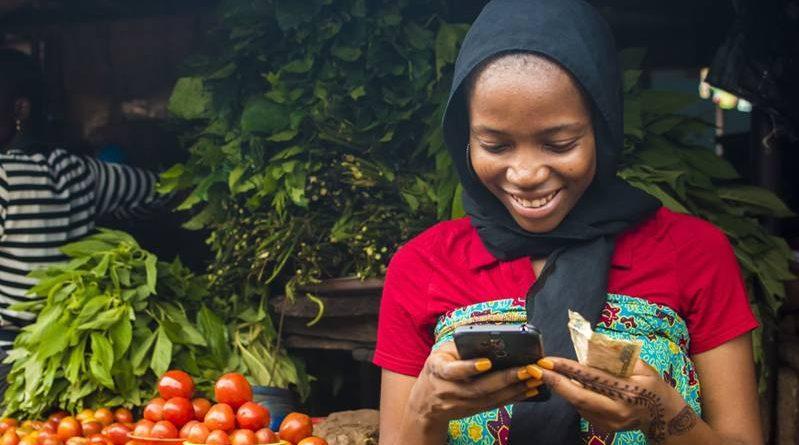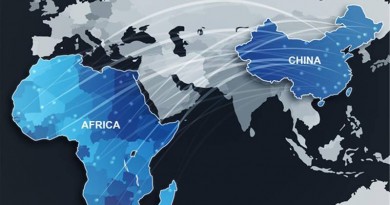Mobile Money Exceeds Expectations Reaching $1.26 Trillion Transaction Value in 2022
According to the GSMA’s annual ‘State of the Industry Report on Mobile Money 2023’, released today, mobile money services are expanding more quickly than expected across the globe as digital services continue to gain popularity.
The Bill and Melinda Gates Foundation funds the GSMA, which publishes the study each year. It shows that adoption rates are even faster than anticipated, with the number of registered mobile money accounts increasing by 13% yearly, from 1.4 billion in 2021 to 1.6 billion in 2022. This is a very impressive rise considering that it took the industry 17 years to get the first 800 million users; however, it only took five years to reach the next 800 million.
Daily mobile money transactions surpassed the $3 billion mark projected in 2021 and hit $3.45 billion in 2022. Between 2021 and 2022, the total transaction value for mobile money increased by an astounding 22%, from $1 trillion to over $1.26 trillion.
To enable underprivileged people access safe, secure, and inexpensive financial services, more has to be done in many places throughout the world. The GSMA Mobile Money
Programme is working with mobile operators and industry stakeholders globally to build a strong mobile money ecosystem, enhancing the relevance and usability of these services and ensuring their sustainability. Currently, 1.4 billion people worldwide do not have access to financial services.
Peer-to-peer (P2P) transfers and cash-in/cash-out transactions are still among the most common use cases for mobile money, according to the 2023 study, which indicates that there are already 315 live mobile money deployments around the world. Mobile money bill payments increased by 36% year over year, faster than any other use case, and the industry is still focusing on use case diversification, helping to digitise economies.
Uptake prompted by a pandemic
Mobile money services have continued to exhibit the robust growth that was sparked during the epidemic as the world moves on from COVID-19. During the epidemic alone, accounts were added to the tune of 400 million. This quick adoption is partly attributable to the technology’s role in making digital financial services accessible to millions of people in low- and middle-income nations. This upward tendency is still present, with the number of accounts that are active for at least 30 days increasing by 13% year to reach 401 million in 2022.
The report also reveals that, in 2022, overseas remittances enabled by mobile money increased by 28% year over year to
reach $22 billion. Many diasporas sent more money via mobile money to friends and relatives during the pandemic than ever before. Due to mobile money’s effectiveness, speed, safety, and cost-effectiveness, international remittances increased dramatically in both 2020 and 2021. In 2022, the trend persisted, but more slowly.
Reduction of the gender gap
Additionally, mobile money is promoting financial inclusion for the unbanked worldwide, especially among rural women, where having access to mobile money may be transformative and powerful.
The gender gap in mobile money has, however, continued to grow over the past year, particularly in Pakistan, India, and Indonesia, according to the most recent GSMA data. One of the main causes of the mobile money gender gap is the ownership of mobile phones, but there are also a number of other hurdles and cultural conventions that restrict women from using mobile money. As a result, women are currently 28% less likely than males to have a mobile money account in low- and middle-income nations.
xpandable agency networks
With a 41% growth between 2021 and 2022, the number of mobile money agents also climbed significantly last year. In total, there were 12.4 million agents in 2021 and 17.4 million in 2022. To 7.2 million in 2022, there were 25% more active agents. A significant portion of this expansion was driven by Nigeria, where a more lenient regulatory environment led to an increase in mobile money providers. Two-thirds of all cash-in transactions in 2022 were handled by agents, who proved to be a crucial component of mobile money services.
The continuous global expansion of mobile money is encouraging. For the first time, mobile money has given access to digital financial services to millions of unbanked and underserved individuals in low- and middle-income nations, according to Max Cuvellier, Head of Mobile for Development at the GSMA. “Despite this enormous development, there is still a long way to go to reach the more than a billion individuals who are currently without access to financial services worldwide.
Therefore, the GSMA is urging governments all over the world to continue creating the enabling laws and regulations that can aid in the deployment of mobile money and advance the expansion of this vital ecosystem. By doing this, national economies are digitalized faster and their financial resilience is increased, enabling communities to survive unpredictable times.
Download the 2023 State of the Industry Report on Mobile Money here to learn more. Visit www.gsma.com/mobilemoney for more details on the GSMA’s Mobile Money program




